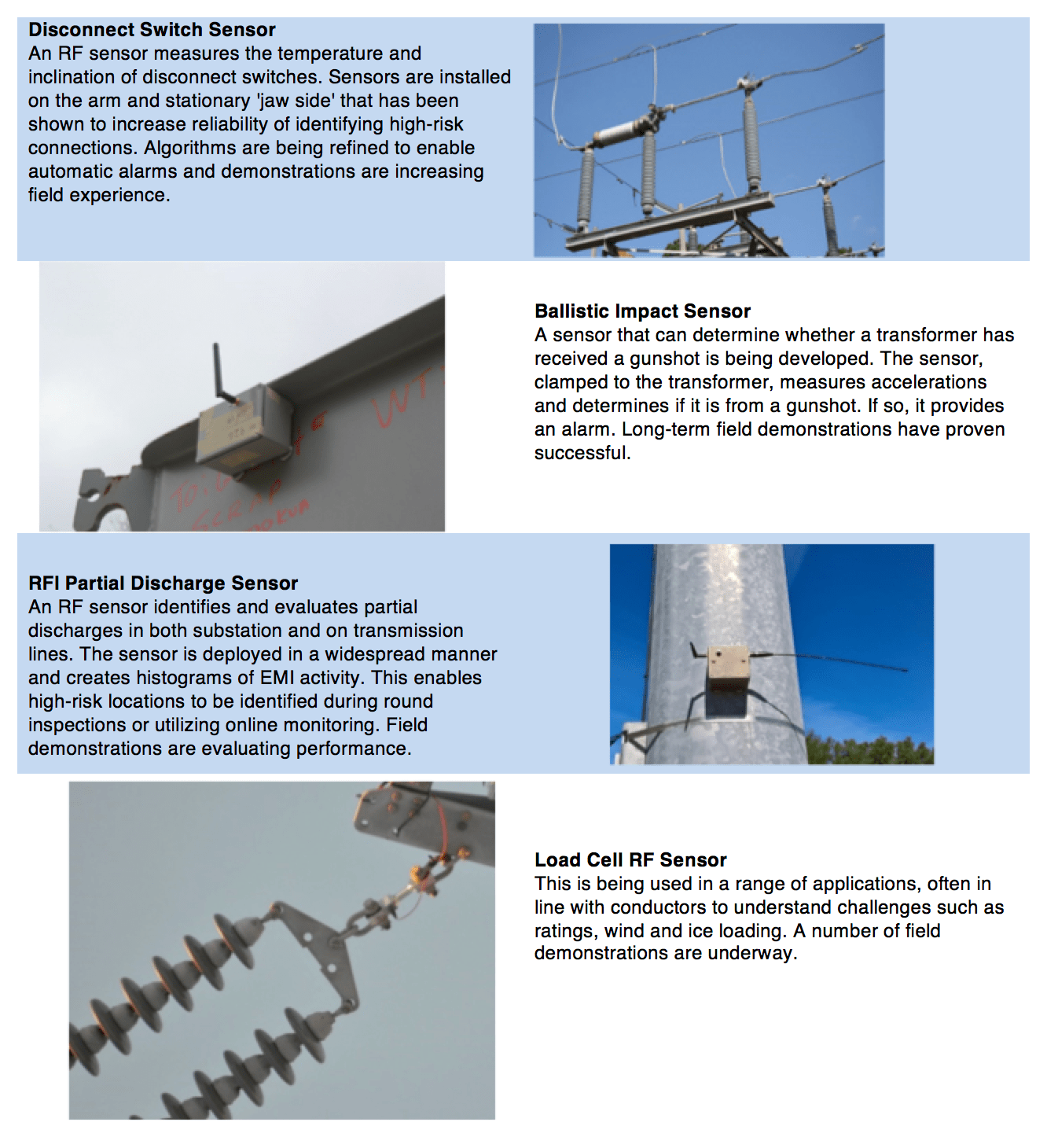

This research was aimed to enhance students’ learning achievement of NMR spectroscopy by using learning activities (4 activities, 12 hours) based on T5 model via online D4L+P system. The student evaluation of the T5 NMR learning environments revealed that they agreed that peer feedback with instructor facilitation engaged them in deep learning and effectively promoted their conceptual understanding. In addition, the implementation of T5-D4LP NMR course in each year during 2010-2012 showed that the students achieved high score (about 70%) in the NMR topics. The result showed that the students obtained post-achievement NMR score (mean 24.25, SD 4.80) statistically significantly higher than pre-achievement score (mean 12.29, SD 1.69) at p-value of 0.05. The students were requested to participate in the following online processes in each environment: 1) complete an individual task, 2) provide feedback and evaluate three anonymous peer tasks, 3) adjust their individual task and evaluate peer feedback, 4) complete a team task and evaluate the effort of each group member, and 5) get feedback from instructor to fulfill understanding. Four different NMR learning environments based on T5 learning models were developed. A new task-based approach called the T5 learning model was introduced for 48 students studying NMR in the Spectroscopic Methods for Chemical Identification course in 2011. INMR is part of Kids Research Institute at The Children's Hospital at Westmead.Regular lecture-based teaching approaches sometimes fail to enhance students' understanding of some practice-based chemistry topics such as Nuclear Magnetic Resonance (NMR) spectroscopy. INMR also has a research-based diagnostic service. There are five research programs within INMR as well as clinical trials. and Dr Michael Brydon, Chief Executive, Sydney Children’s Hospitals Network and visited INMR laboratories. His Excellency and Mrs Hurley met with Prof Russell Dale, Head of INMR, A/Prof Kristi Jones, Head of Neurogenetics Service, A/Prof Fabienne Brilot-Turville, Neuroimmunology Research Leader. INMR investigates the causes and consequences of these illnesses as well as therapies. This research is directly relevant to patients with specific inherited disorders such as muscular dystrophies, peripheral neuropathies and neurofibromatosis type 1, as well as acquired neurological diseases, such as multiple sclerosis and autoimmune movement disorders. Today, INMR Patron, Excellency General The Honourable David Hurley AC DSC (Ret’d), Governor of New South Wales, and Mrs Linda Hurley visited The Institute of Neuroscience and Muscle Research (INMR) to learn more about the world-leading integrated clinical and research work that benefits thousands of patients.


 0 kommentar(er)
0 kommentar(er)
